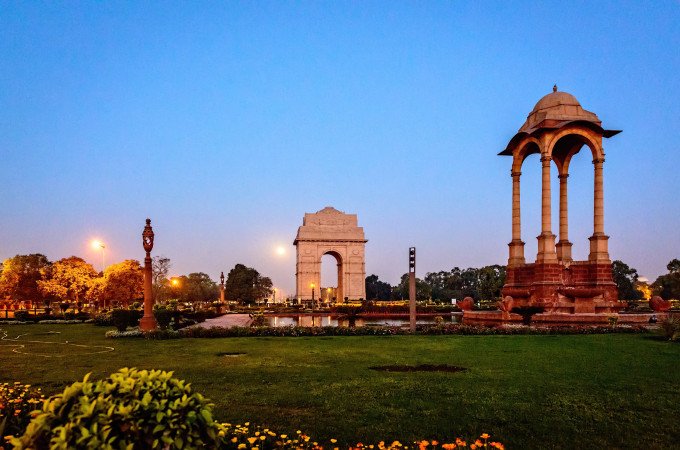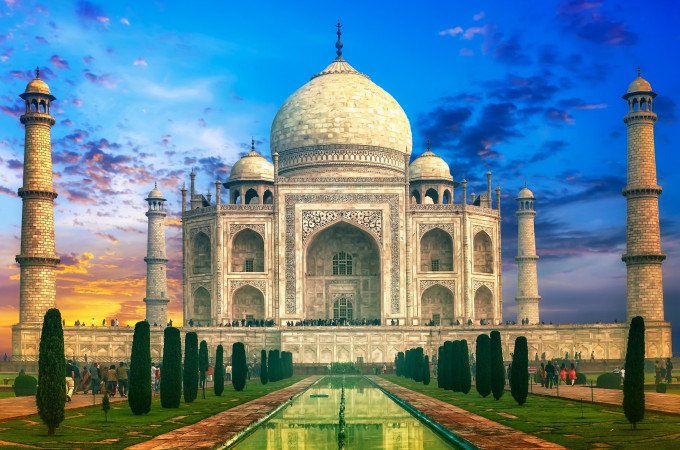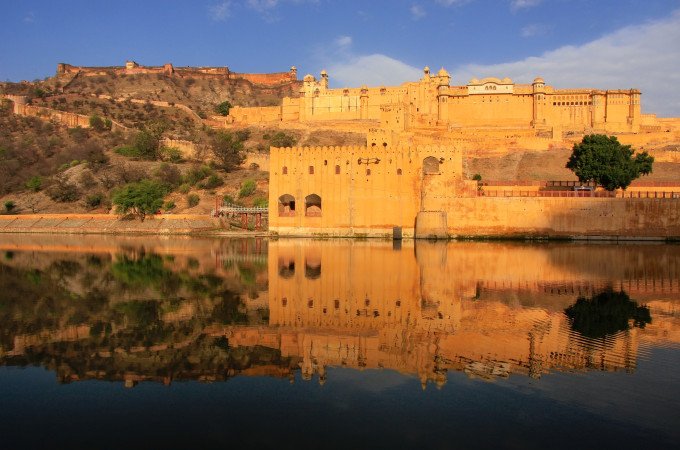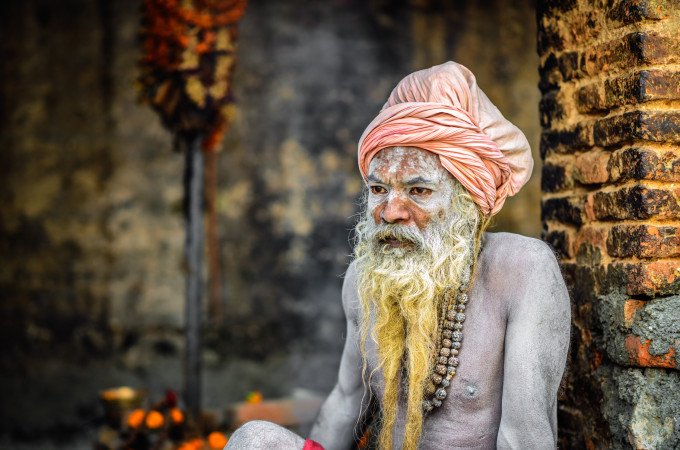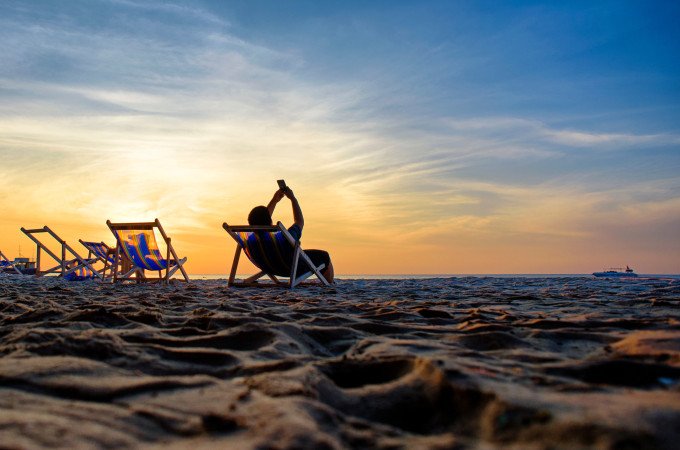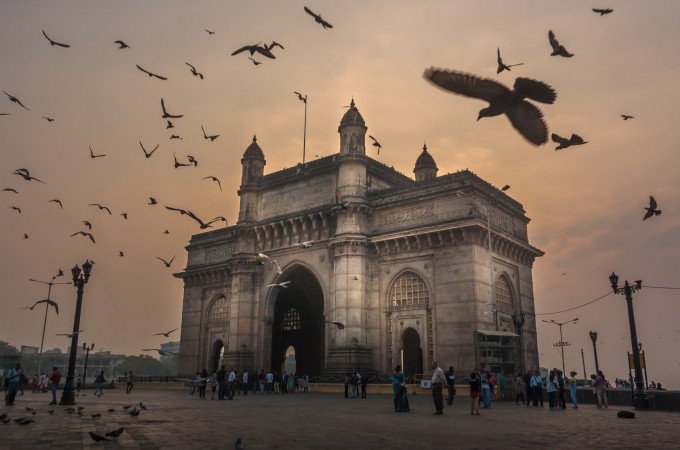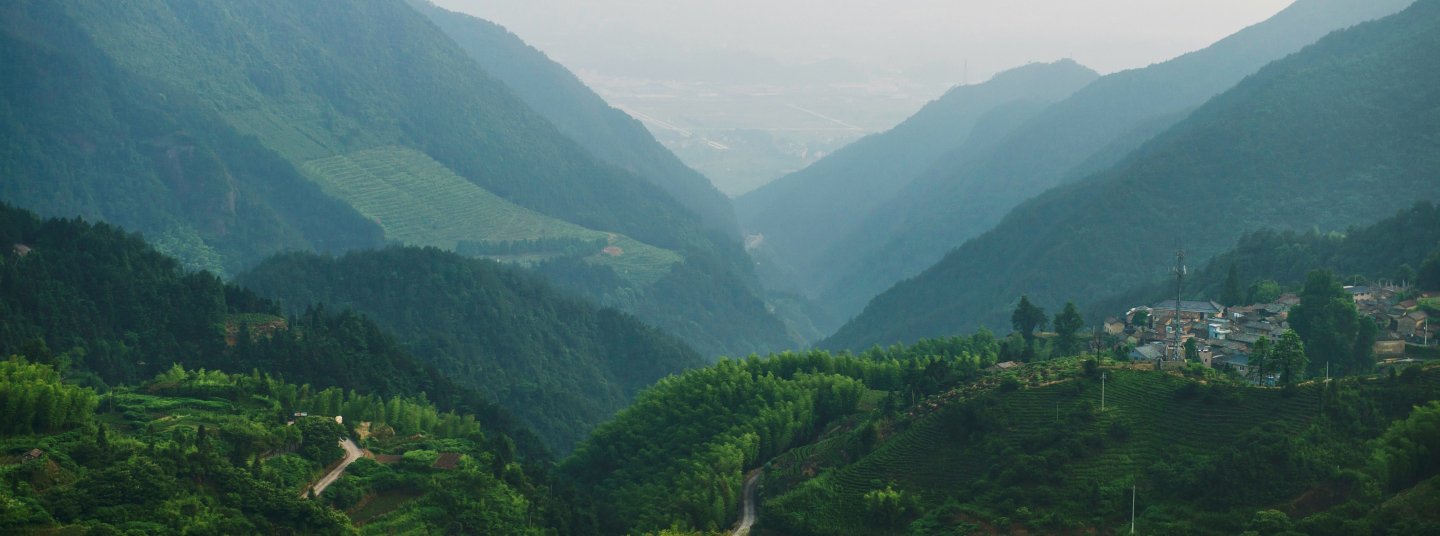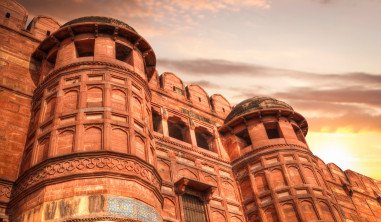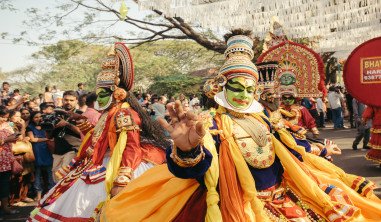Best Time to Visit India
The best time to visit India completely depends on which part of the country you plan to tour. Due to vast geographical diversity, India experiences different climatic conditions across different states at the same time of the year. Each season brings out the beauty of various regions. Winter (Mid-October to March) is the popular season for tourists to embark on splendid tours to most places in India when the sky is clear, the breeze is pleasant and outdoor activities are fun. However, if it is the mighty Himalayas you wish to explore, winter is not the right time as most high mountain passes are closed. This season guide will help you plan and pick the best time to visit India as per your destination.
Best Time to Visit India by Region
Best Time to Visit North India

The cool winter months, October to March, are best to explore the marvelous palaces and forts of Rajasthan. The night temperatures can dip to 10 C (50 F) making it a bit cold. Being one of the hottest states, this month is best avoided during the summer season. The iconic Taj Mahal in Agra and the Ghats of Varanasi are best explored in the pleasant weather of winter. If you would love to witness the desert festival of Jaisalmer, Rajasthan, February is the month to consider.
The jungle safari at Bandhavgarh and Ranthambore National parks are popular during winters; however, as it starts getting warm in March, spotting the wild cats becomes easier as they flock toward the watering holes. These national parks are accessible from October to June.
Visiting the Taj Mahal during winter is certainly beautiful, but it also gets crowded during the peak season. If you wish to explore the monument with less crowd, you can consider the month of March when the temperature is not too high or September when it is less crowded but can have a sudden downpour. The popular Golden Triangle (Delhi, Agra and Jaipur) are equally crowded during December and January but can be pleasant in October, November, February and March.
Himachal Pradesh up in the north can be best experienced during summer from March and May. However, October and November are also good months to travel before the actual winter sets in. Similarly Uttarakhand in the north is also best visited between March to June when the cold is bearable.
The serene valley of Kashmir is recommended during the warm months when snow activities are accessible and fun. The breathtaking beauty of Ladakh is good to explore during the months of February to June. The high-altitude passes, lakes, and monasteries are best viewed in summer, as most destinations become inaccessible during winter. You can opt for biking tours in the months of June, July, August and early September when the region is less crowded but nonetheless stunning.
Best Time to Visit South India

South India experiences heavy monsoon and is best avoided at that time. The summers can get too hot as well, making it unpleasant to explore the beautiful backwaters. The perfect time to visit would certainly be winters (November to February). The cool and pleasant days make it comfortable to cruise on the backwaters or visit the splendid hill stations. December to February is the recommended time to enjoy the beauty of Kerala. If you wish to enjoy the Onam festival, check the calendar before you book as it can fall anywhere in August or September.
The cool winters are also favorable to explore and walk around the ancient temples of the south. With the temperature being around 22 – 28 C (75 – 82 F) the weather is absolutely pleasant to be outdoors.
The breathtaking hill stations of the south, mesmerizing coffee, spice and tea plantations are best to visit during summer when the place offers respite from the sun and lets you enjoy the cool breeze amidst nature.
Munnar, Thekkady, Wayanad, Ooty, Coorg, and Kodaikanal offer pleasant climatic conditions to relax and unwind amidst lush greenery during the summertime but are also good during winters with the wind being chilly, especially at night and early mornings.
April and May are hot and humid and not the best months due to scorching heat.
Best Time to Visit Central and West India

Summer can be very hot and uncomfortable to travel due to extreme heat, and winter is the best time to visit this region. Popular for jungle safaris, you can opt for November, February, or March for better chances of spotting the wild animals. Due to warm weather, many wild animals come out of the dense forest in respite of cool air and make visits to the water holes, making it easier to spot them.
The destinations of Gujarat or Mumbai are pleasant to visit during winter, as summers can be harsh here. Mumbai also experiences heavy rainfall, so it is best avoided during monsoon season (June-Mid Aug).
Best Time to Visit East India
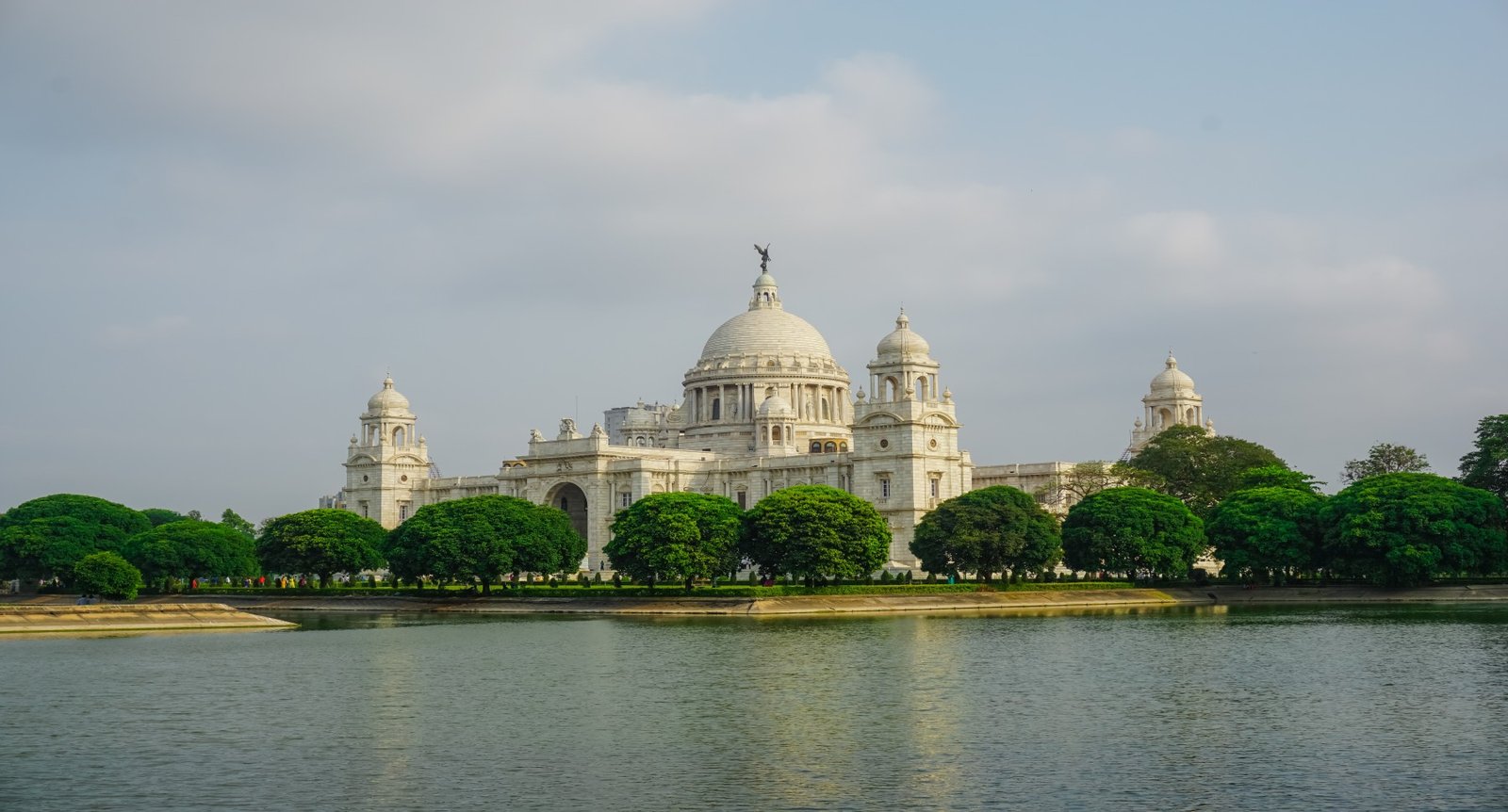
The green landscapes of East India beautifully bloom post-monsoon, which makes October to March an ideal time to visit this region. The heritage walk in Kolkata, tea plantations, and rhino safaris are best experienced in cool temperatures. Although it can get cold at night, the weather is beautiful for outdoor activities. The Sundarbans and Kaziranga National Parks and Ziro Valley are splendid to visit during the winter months. The popular hornbill festival of Nagaland takes place in December, in case you wish to witness the fun, you know when is the best time to visit. Due to heavy rainfall, it is best to avoid visiting this region during monsoon.
Best Time to Visit Beaches and Island

To enjoy beach time in India, the best months to consider are from November to March, when the sun is not too harsh and allows you to enjoy water sports and other activities. Scuba diving at the Andamans or sunbathing at the serene beaches of Goa in the winter months certainly have an advantage. The sky is clear, sunshine is pleasant and water sports are fun during the day.
Summer is also a preferred choice for beach tours. However, the day temperature can be high, forcing you to enjoy the waves either in the early hours or evenings. Early June is favorable for Goa tours if you want to skip the crowd and are able to bear occasional showers.
The breathtaking Andamans are less crowded as compared to Goa and can offer the privacy you are looking for. The beaches in Karnataka and Kerala are mesmerizing too.
Best Time to Visit Himalayas

The Himalayan valleys are a great escape during summer as the temperatures are bearable and the snow beauty is at its peak. India is gifted with a beautiful Himalayan range that offers numerous high-altitude passes, lakes, glaciers, and valleys to explore.
To enjoy the landscapes and adventure in the Himalayas, the best time to visit is from February to July. During this time, there is plenty of sunshine, with temperatures not dipping too low, making it favorable to discover numerous regions in and around the snow-capped mountains. However, you will still need warm clothes around the snowy region and expect the nights to be cold but not harsh.
Ladakh falls under the rain shadow zone and experiences no or very less rainfall making it idle to travel in the months of June to September. Winters are harsh here and most regions get disconnected as the roads get blocked due to heavy snowfall. With temperature dipping to minus degrees, it gets hard to be out there in winter.
The valley of Kashmir is also recommended during the summer season. Whether you pick the snow-capped mountains from north or North-East India, the best time to visit will always be summer.
Recommendations To Make the Best of Your Tours
The Taj Mahal shines beautifully at sunrise, so if you want to capture the most striking pictures, an early morning visit is a must. If you wish to experience this iconic monument under the moonlight, we urge you to book tickets for a night tour, which is available for five days every month, two nights before and after the full moon and on the day of the full moon.
Please note that Varanasi witnesses thousands of devotees each year and can be crowded. The religious celebrations and festivals give you glimpses of the Hindu traditions. Setting on the boat ride at sunrise lets you witness the beauty of ghats and the rituals that take place.
Adventure tours like bungee jumping, paragliding, and ziplining are best during the winter months as pleasant weather and clear sky not only lets you enjoy the activity but also gives the best views from the top.
Although jungle safaris are popular during winters, you can increase your chances of spotting the wild animals in February and March months. These months are warm to get the wild animals to walk away from dense foliage. If you think you can handle the temperature during these months, you can certainly give your safaris a thought during this time.
Winter months, October to March, are also the time when festivals are celebrated across the country. You can enjoy various cultural events during this time.
If you plan to travel during winter, carry warm clothes. The winters in other parts of India are not very harsh, other than in the Himalayan region. The nights can get cold though and a few layers of woollen will help. For summer tours, we recommend cotton fabrics to keep your body cool and in case September or June is when you plan to visit, have your rain gear handy for sudden showers.
Booking a private tour is helpful as you can pick and choose your itinerary and plan your travel as per your liking. A good private tour company will always ensure they pick the best time for you to visit India, depending on your destination.

